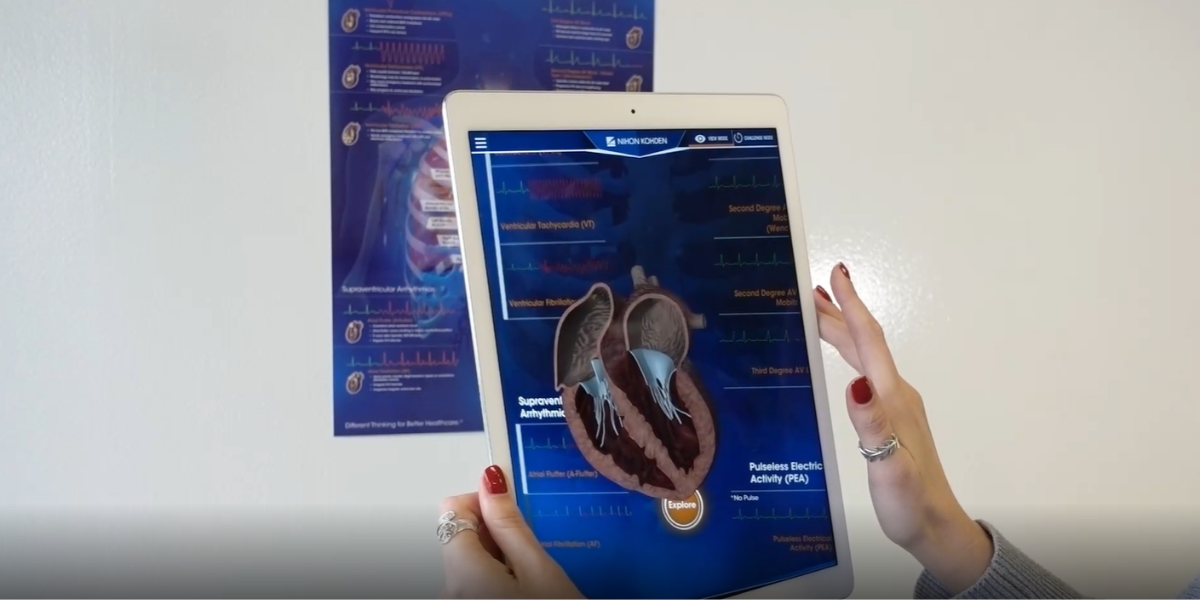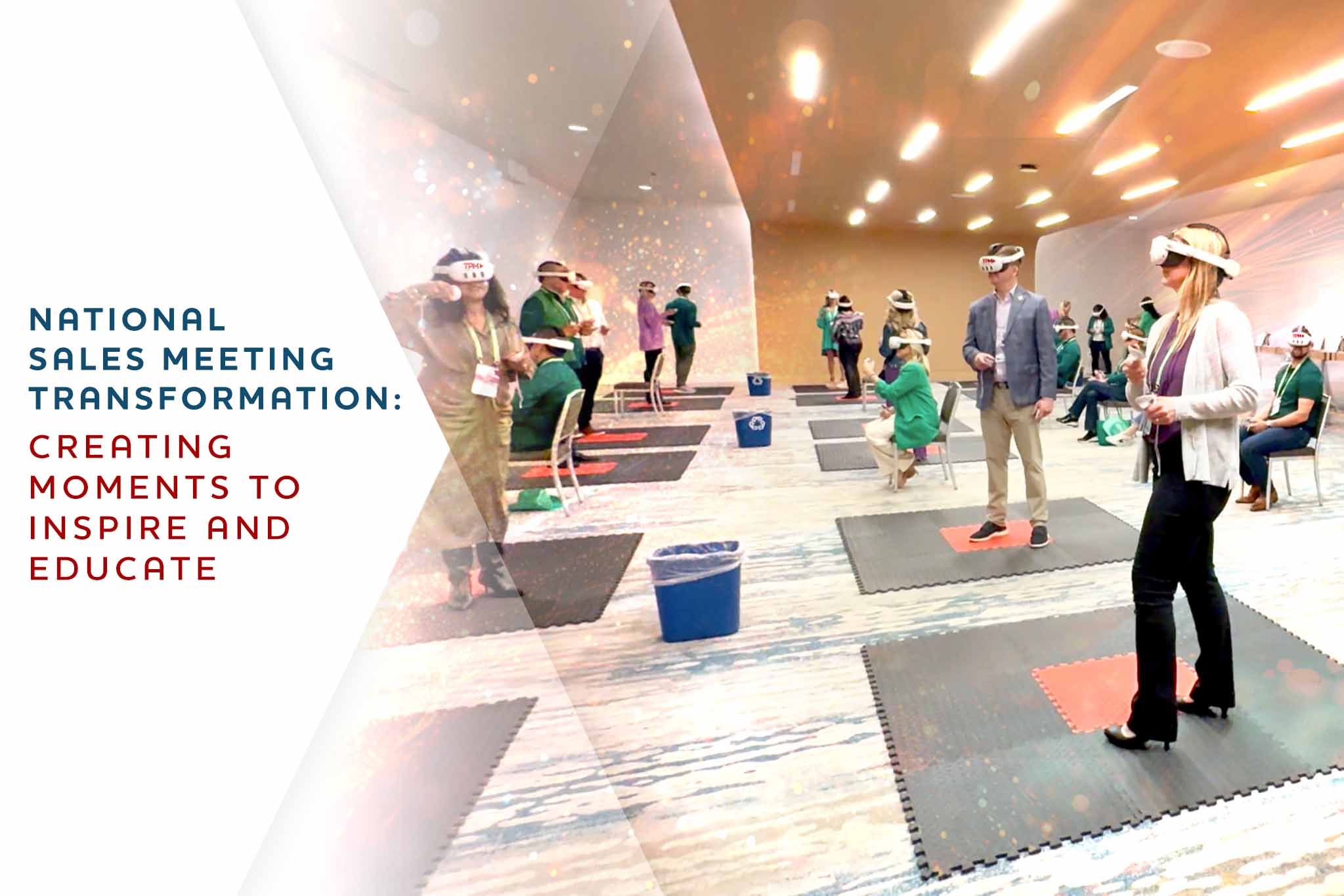The medical industry has experienced immense technological advancements in the past few years. From finding innovative treatment options for various conditions to developing more effective research and learning alternatives, the medical field is among the most technologically developed industries in the world.
3D medical simulations for surgery are part of the effective technology that increases competence among medical professionals. It is a tried and true learning method that gives surgeons and other medical students a chance to practice the theory learned in class. This learning technique has existed in the health sector since the 18th century and continues progressing as technology advances.
What are 3D Medical Simulations for Surgery?
One of the most vital and exciting developments in healthcare is 3D medical simulation training. A simulation is a computerized depiction of a real-world situation used to achieve educational goals through hands-on learning. In healthcare education, medical simulation aids in filling the void between practice and theory.
Unlike traditional learning techniques where medical students use mannequins, these techniques are now replaced with 3D medical simulation alternatives, providing the students with a more realistic and engaging learning experience.
Both novice and seasoned healthcare professionals can learn or hone their abilities in a regulated and learner-centered setting without endangering patients. Due to its efficiency and practicality, modern schools of medicine now require students to participate in 3D medical simulations as educators and stakeholders in the industry have realized the effective role of simulation in building a safe and more ethical environment in the training of the next generation of healthcare professionals.
Reasons Why 3D Medical Simulations for Surgery are the Best
Although traditional learning techniques effectively provide the basics of medicine, research reports show that experiential learning, like that involved in 3D medical simulation training, offers novice and experienced medical practitioners several benefits. They include:
3D Medical Simulations for Training Provide Learners with Unique, Flexible, and Easy-to-Access Learning Methods
Among the major reasons why 3D medical simulations for surgery are the best training tools is because they offer students and instructors a one-of-a-kind learning environment. It offers instructors an easy approach to teaching simple topics, like basic first aid concepts and preventive care in a corporate environment, and complex topics, like the principles of invasive surgery in a high-pressure environment.
In addition, these simulations also provide students with hands-on learning experiences, where they can practice crucial medical theories, like how to behave and make decisions in an emergency or even how to perform different procedures. They also get an opportunity to learn skills and tactics they normally would not learn in a regular operating room.
Simulations Bridge the Gap Between Theory and Practice
It goes without saying that simulation-based learning aids in filling the void between theory and practice. It offers surgeons and medical students a hands-on and active approach to learning and refining new skills in their craft.
Compared to traditional learning techniques in the medical field, 3D medical simulation training provides a visual representation of theoretical knowledge. Thanks to its ability to simulate various medical scenarios, students have a better chance of appreciating how to handle such situations, hence reducing the risk of error in real life.
3D Medical Simulations are an Enhanced Safety Measure
As previously indicated, 3D medical simulation training offers students and patients a secure learning environment. Generally, learning involves making and learning from mistakes. 3D medical simulations for surgery allow learners to enjoy learning without endangering others.
Simulations Help Instructors Achieve the Best Learning Experience
Simulation training allows instructors to control the procedures and tasks offered to their students in a specific period. As a result, they provide their students with the best learning experience by facilitating easy tasks and progressing to complex ones. They can also design simulations based on the learner’s training level and assessments.
Furthermore, 3D surgical simulations also help instructors provide their learners with more support and guidance during training. They can restart, replay, and pause simulations at their convenience to facilitate a successful learning environment.
Medical Simulations Aid in Gathering Measurable Data from Students and Patients
The simulation also plays a critical role in collecting quantifiable data from students and patients. The instructor establishes the scenario parameters for simulation-based learning, allowing them to quickly evaluate the patients’ and learners’ development based on the information collected.
For instance, the instructor can gather important data, like how long it takes students to complete particular activities and how successfully they make decisions, using a 3D medical simulation for surgery. This information can identify the skills requiring more practice and create a potential security net for all parties concerned.
3D Medical Simulations Boost Confidence When Practicing Medicine
Besides allowing a further understanding of medical theory, simulation training also boosts the confidence of novice medical professionals as they enter the actual medical field. While being frantic and anxious when treating patients increases the risk of error, simulation-based training provides the necessary practice to build confidence among novice medical professionals in the real world.
Conclusion
3D medical simulation for surgery has transformed the entire medical field drastically. It gives learners a more comfortable learning environment, as well as a chance for instructors to offer students more guidance and support. It also helps to avoid risky situations, creates circumstances that rarely happen in real life, and aids in the gathering of quantifiable data on patients and learners. As a result, 3D medical simulation technology will become more and more widespread around the world and will continue advancing with technology.
Tipping Point Media utilizes 3D medical simulation tools to motivate learners and increase retention. We work hard to provide immersive medical scenarios to promote interprofessional and personalized learning. So, if you are interested in learning more about our 3D medical simulation tools, contact us immediately to arrange a free demo.



